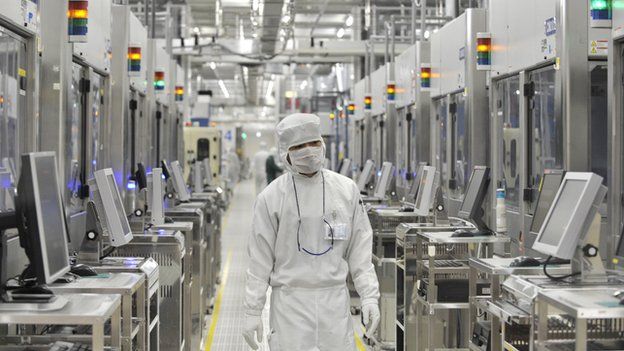‘Landmark’ trade deal on slashing tech tariffs agreed
The expansion of 1997’s Information Technology Agreement is the WTO’s first tariff-killing agreement in 18 years.
Three years in the making, World Trade Organization (WTO) partners wrapped up the expansion of the Information Technology Agreement (ITA) that will break down barriers on about 200 tariff lines on products ranging from semiconductors to medical devices.
The deal, which follows a breakthrough during President Barack Obama’s trip to China last year, marks the first major agreement to cut tariffs through the WTO this century.
“This is larger than global trade in automotive products – or trade in textiles, clothing, iron and steel combined”, the WTO said.
“The deal will open markets, create jobs and spur economic growth around the world, as well as bring down costs for consumers”, said the president of the Information Technology Industry Council trade group in Washington, Dean Garfield.
Talks for the technology deal had long been stalled, with other countries accusing Beijing of trying to exclude too many items from the list for tariff elimination to protect rapidly evolving Chinese industries from competition from more advanced economies and retain import tariff revenue on components.
While only 54 WTO member-states took part in the talks, all 161 nations that make up the organisation can benefit from its terms, the WTO said.
According to the U.S. Trade Representative, more than $100bn worth of U.S. tech products would be covered by the updated framework, including exports from tech giants Microsoft, Intel, Texas Instruments, and General Electric.
Negotiations to update the 1996 ITA began in 2012. The work is expected to be complete by the time WTO members meet in Nairobi, Kenya, in December.








